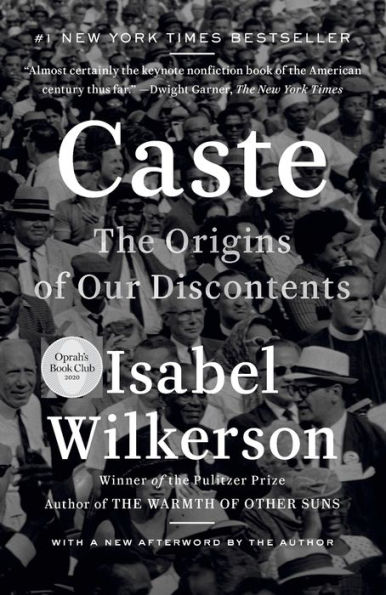Nicola Yoon’s adult fiction debut, One of Our Kind, is a novel of class, privilege and how things may not always be what they seem. Yoon joins us to talk about writing for a new audience, literary influences, themes of race and belonging and more with Miwa Messer, host of Poured Over. We end this episode […]
When Stephanie Land started working on the pages that would become her debut memoir, Maid, she didn’t know those drafts would become a bestselling book or the basis for a hit Netflix series produced by John Wells, but she did know she wanted to tell the truth about her life. Our conversations about poverty and […]
Some of our favorite authors are back with brand new books — with a few of those being their first book in years. We couldn’t be more excited for new books from Zadie Smith, Lauren Groff, Richard Osman, Stephen King, V. E. Schwab and Sy Montgomery — just to name a few.
“I wouldn’t have written the book if I were not hopeful. I mean, the act of writing this book was a prayer for our country — it’s making the case that there’s another way of looking more deeply under the surface of our country, a way of seeing it that can enlighten us…” From Pulitzer […]
I’ve been a student of American history since my first visit to an historic house museum in third grade. I could almost hear the chatter of the generations who once lived there, and I’ve been hooked on history ever since. It’s both an overused cliché and an underappreciated gift that there is never an end […]


